Those days are gone now, and those early travelers and expats would probably be astounded by the changes the city has gone through. Prague is now the sixth most-visited city in Europe, receiving an estimated 4.1 million visitors in 2009, proving travel is good for you. And it’s no wonder, the city ticks off every box on the European “must-have” list for travelers – fascinating history? Gorgeous art and architecture? Delicious local food and drink? Affordable prices? Prague fits every requirement.
There’s More to Czech Food Than “Czech Food”
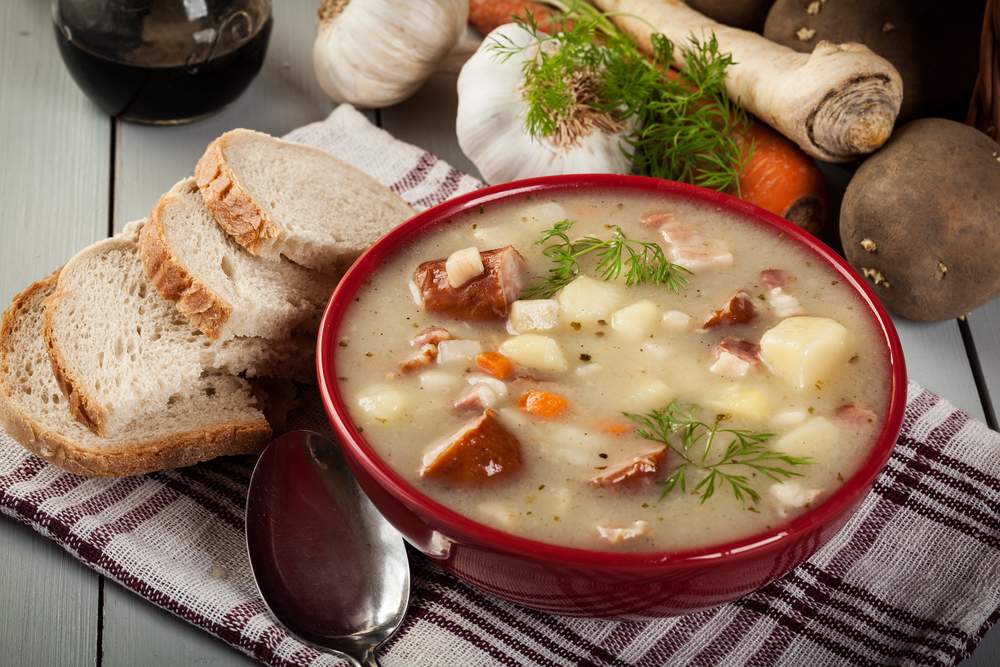
Like any major city in the world, Prague offers an international array of choices. Greek, Italian, French, Japanese, Thai, Indian, Chinese, Balkan and even Afghan cuisines are all available. They’re good and inexpensive, and more often than not, the restaurants are frequented by larger numbers of young locals than tourists.
Tips For Dining in Prague:
- When tipping, at most places, you can simply round the bill up by 10 or 20 crowns. At nicer restaurants, a tip of 10-15% is expected. Always check to see if the gratuity was added to the final bill.
- It’s considered polite to hand the tip to the waiter. Just tell him or her how much you’d like back, or tell him or her to keep the change, rather than leaving it on the table.
- Many excellent places have menus in both Czech and English, but you’d still be wise to avoid places – especially around Old Town Square – that have menus in nearly a dozen languages. These tend to be the most overpriced.
>> Check out ten weird food delicacies from around the world
There’s More to Drink Than Just Beer
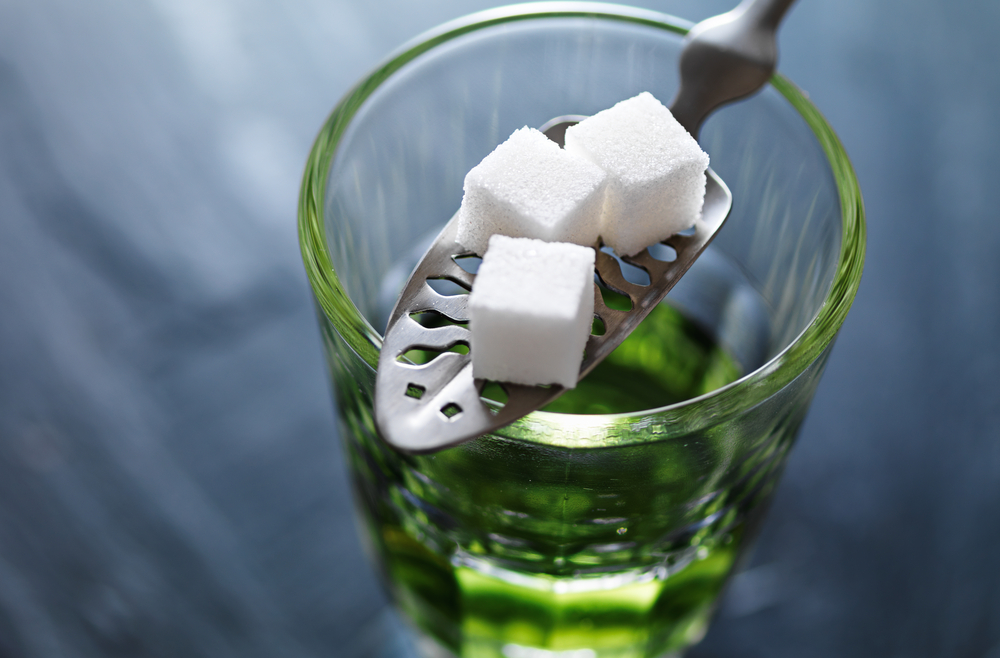
But light and dark beers aren’t your only options. In recent years, Prague microbreweries like Pivovarksy Dum have opened up and begun serving varieties like banana beer and coffee beer alongside more traditional styles. And when you don’t think you can drink another beer, you can sample the Czech wines from Moravia and Bohemia. Take a bus 50 minutes outside the city to Melnik Castle and you can even enjoy a day of wine tasting – just be aware that the whites are much more palatable than the reds. For a taste of absinthe in Prague, head to Absinthe Time, which offers a comprehensive absinthe list and a number of surprisingly drinkable (even for those averse to the anise flavor) absinthe cocktails.
Tips For Drinking in Prague:
- If you’re paying more than 30-40 kc for a 0.5l beer, you’re paying too much.
- To “cheers” in Czech, raise your glass, look the person in the eye and say “Na zdravi,” briefly set your glass on the table, and then drink.
- To drink the freshest beer, look for a tank pub or tankovna (such as Bredovsky Dvur), where the beer is served fresh from the brewery and unpasteurized, giving it a richer, more complex flavor.
>> Discover the world’s best selling beers
Prague is Made Up of 10 Distinct Districts
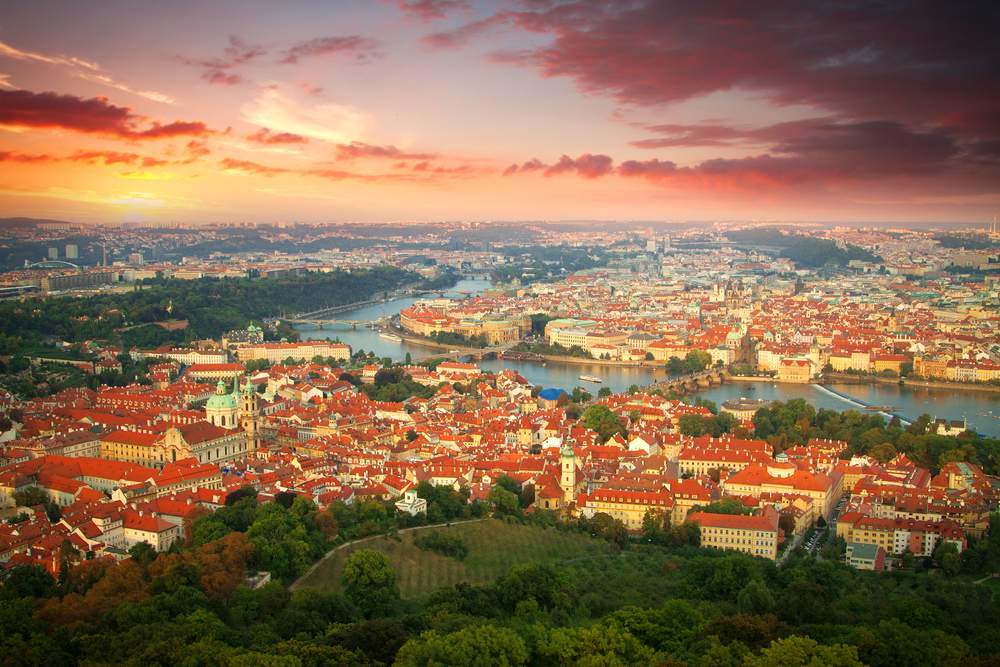
Public transportation in Prague is excellent and you’ll have your choice of tram, bus, or underground metro to help you get around. A ticket good for 75 minutes of travel on all forms is only 26 kc, so hop aboard and set off to explore one of the neighborhoods outside of the city center. Buy your ticket at a metro station (many convenience stores also sell them) and then validate it when you get on.
Tips For Getting Around in Prague:
- When looking at the schedule at a tram stop, the stop underlined is the one you are at. The ones listed above your stop have already been passed. If the stop you want is there, cross the street and catch the tram going the other way.
- Technically….travelers on a tight budget could get away without a ticket as they aren’t checked each time you get on to ride. But, if you do get caught, you could be fined 900 kc.
Prague is Still Going Through Some Growing Pains

Obviously, most people involved in the tourist industry in Prague don’t have ill intentions, but some haven’t yet learned that making tourists happy (or at least, not ripping them off) will help the economy of both the city and themselves more in the long run than pulling a scam to make a quick buck.
Tips For Avoiding Scams:
- Avoid picking up a taxi on the street, especially in more touristy areas, as you’ll nearly always pay more than you should (airport taxis tend to be the exception). Use a radio dispatched taxi when possible, and know that it is illegal for a driver to refuse you a receipt.
- Avoid changing money anywhere except a bank. The exchange rates are very bad and hidden fees are often tacked on. The best way to convert your money is to simply withdraw it from the ATM.
- Always count the change given. One scam that seems to be quite prevalent involves being shorted, usually by about 100 kc (around $5US) but the amount can vary, on your change for a large bill. Often the waitstaff will drop the majority of your change in bills and then scatter a handful of odd coins for the rest. Tourists naturally assume the change is correct or don’t notice because they are unfamiliar with the currency, and the server gets an extra-large tip. When confronted, the server apologizes and produces the remaining money owed.
You Don’t Need to Speak Czech (but it helps)
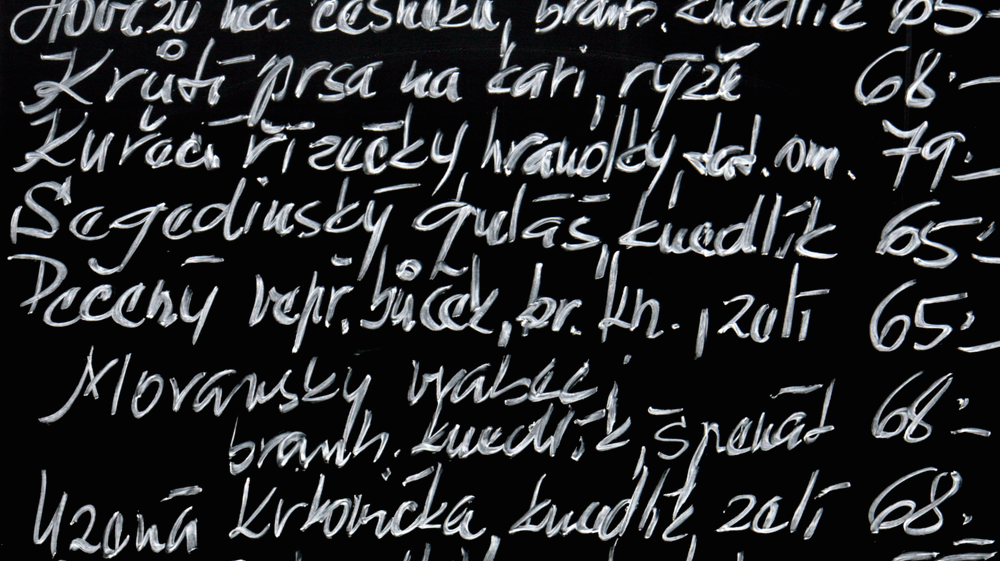
That’s not to say you shouldn’t try to commit at least a few Czech pleasantries to memory: the words for thank you, good day, the check please, and of course, beer, will help, as will becoming familiar with the pronunciation of Czech words. And the more you plan on spending time outside of the touristy areas of Prague, the more a little Czech will come in handy.
Your Dollar Still Goes a Long Way in Prague
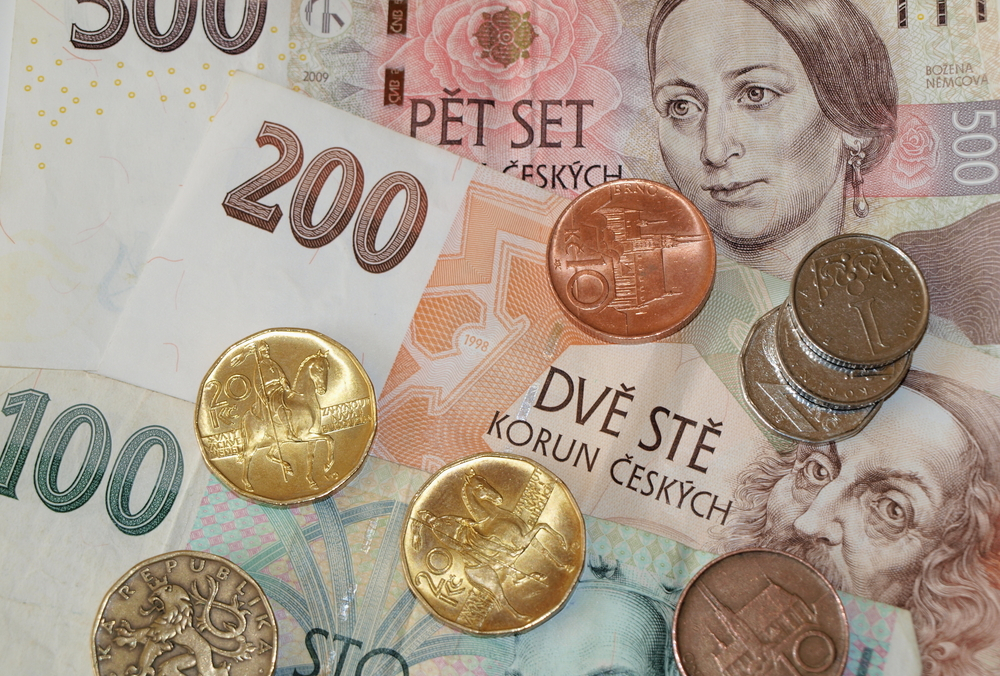
Prague joined the European Union in 2004, but as of yet, has not adopted the currency. Initially, the plan was to switch to the Euro by 2010; now speculation ranges from 2015 to 2019, meaning tourists can enjoy a low-cost trip to the Czech Republic for a few more years to come.
Tips For Saving Money in Prague:
- Avoid any pubs and restaurants that list the prices in Euros; it will undoubtedly be more expensive.
- When dining out, be aware that bread, butter and most sauces will cost extra. Water is only served in bottles, and often costs more than a beer.
>> Read why you should visit the post-Communist countries of eastern Europe
Prague Isn’t the Only City in the Czech Republic
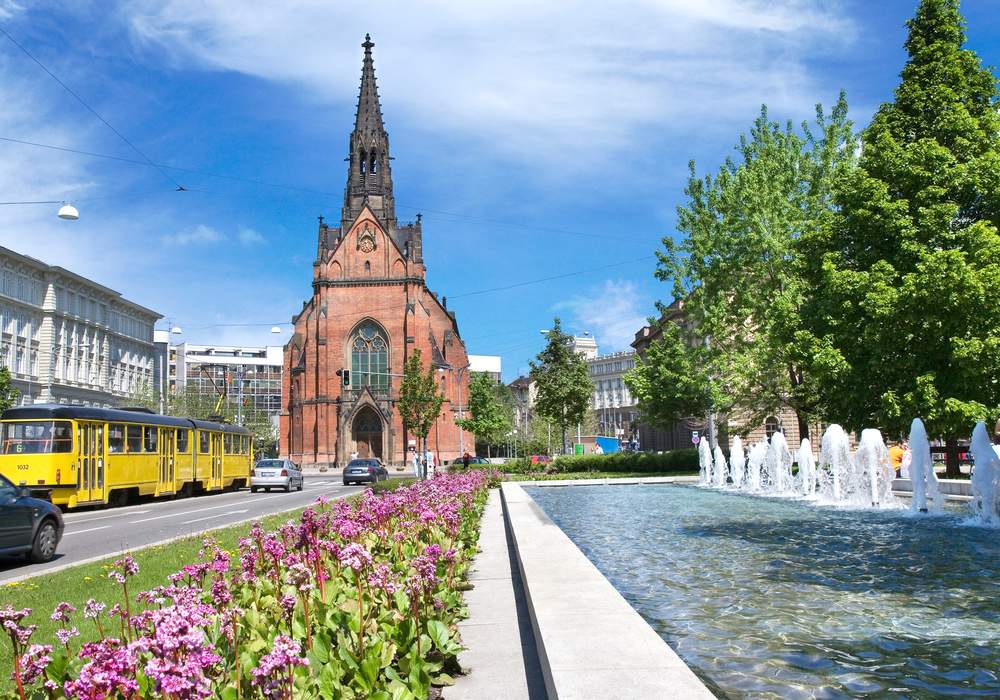
The Czech Republic encompasses about 30,000 square miles, making it only slightly larger than the US state of Massachusetts. It’s well connected by rail and bus and there are several towns that are close enough to be viable day trips while still offering a look at another side of the country.
Tips For Exploring Outside of Prague:
- Check both bus and train options for transportation. While riding the rails may seem more romantic, the bus routes are often cheaper and faster.
- Buses and trains depart from several different stations located around Prague. Confirm your point of departure before setting out.
>> Read about off-the-beaten path experiences in the Czech Republic
Prague is No Longer a “Hidden Gem” of Europe
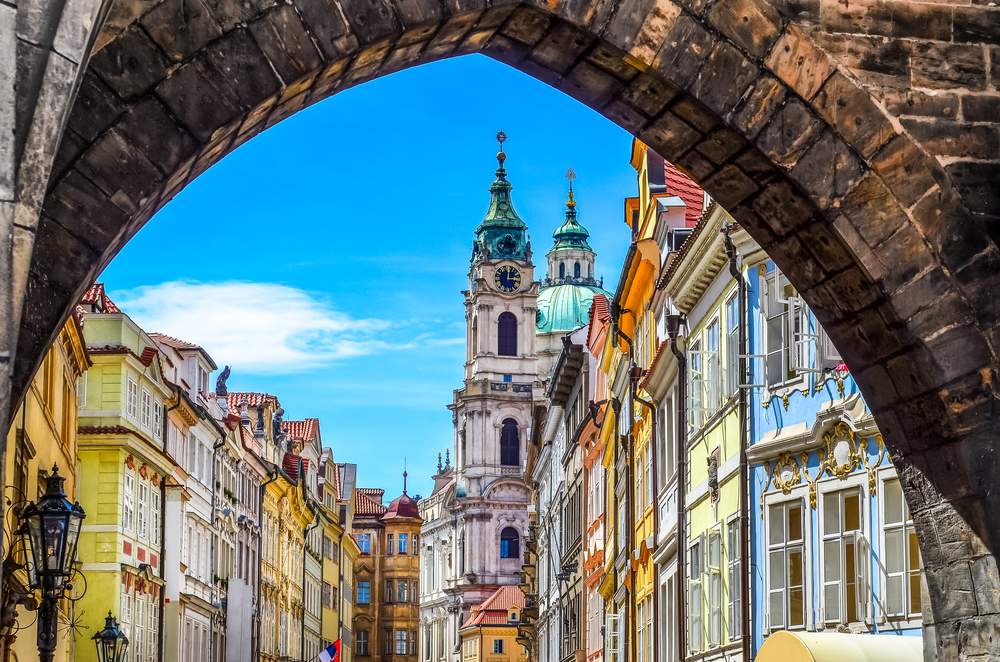
There’s no escaping the crowds in these touristy areas, but if you venture even a few blocks away from the epicenter, you’ll be amazed at how quickly and dramatically the crowds disappear.
Tips For Avoiding the Crowds:
- Arrive at Prague Castle as early as you can (before it officially opens) or expect to wait at least 30-40 minutes to get inside St. Vitus’s Cathedral. It generally closes at 4pm and stays busy throughout opening hours.
- Save your stroll along the Charles Bridge for early morning or late evening. Same goes for your visit to Old Town Square, where after 8pm the crowds decrease considerably.
- Seek out some of the smaller museums and sights. The Museum of Communism is much less visited but provides a comprehensive history of Prague from 1945 through the Velvet Revolution of 1989.
>> Check out six tips on getting away from the crowds